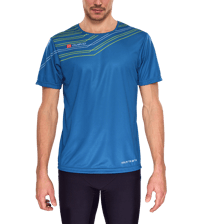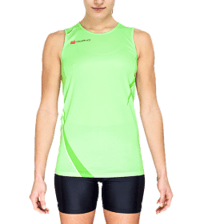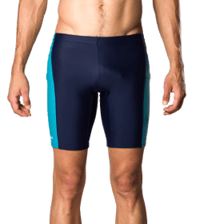Slow jogging – Why slow jogging is right for you
Everything you need to know about the slow running trend from Japan
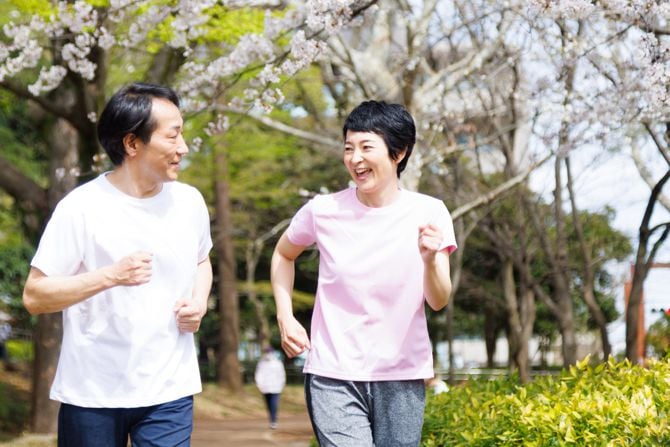
Slow jogging – can it really be effective? Slow jogging may look unusual at first glance, but it has many advantages: it is easy on the joints, improves endurance, and is simply fun. But what exactly is slow jogging and how does it work? In our article, you will learn why this running style is ideal for beginners, what speed is recommended, and how you can get started right away with a simple guide.
Contents:
- What is slow jogging?
- How does slow jogging work? – A guide
- 5 advantages of slow running at a glance
- Effective slow jogging for beginners: 5 tips
- Equipment for slow jogging: what you need
- The joy of movement through slow jogging
What is slow jogging?
Slow jogging is a particularly gentle and joint-friendly form of running. The term was coined by Japanese sports physiologist Prof. Dr. Hiroaki Tanaka, who developed this method. Instead of exhausting yourself while jogging, slow jogging involves running at a pace where you can easily hold a conversation without getting out of breath. The rule of thumb is “Niko niko pace” – the smiling pace. If you can still smile, you are running at just the right speed.
The key benefits of slow jogging:
- Gentle, easy pace, usually under 6 km/h – often no faster than a brisk walk
- Light, short steps with a quick rhythm (around 180 steps per minute)
- Midfoot technique that reduces strain on joints and tendons
- Upright, relaxed style for natural movement
- Perfect for beginners, those getting back into running, or anyone carrying extra weight
For the same distance, slow jogging burns twice as many calories as walking and just as many as faster running. Slow running is therefore a sport that you should not underestimate.
How does slow jogging work? - A guide
Would you like to start slow running? Then follow our step-by-step guide and immerse yourself in the world of slow jogging:
Step 1: The right running technique
When slow running, you should not land on your heel, but on the ball of your foot or the midfoot. Only then do your heels briefly touch the ground. The stride length is also much shorter than with conventional jogging. Take small triple steps and pay attention to a high stride frequency.
Step 2: The optimum speed
As a slow jogging beginner, you start at a speed of 3 to 5 kilometers per hour. Although this corresponds to the average speed of a pedestrian, the special running technique makes it more effective than classic walking. You can slowly increase your slow jogging pace over time. Experienced runners can also start at a slightly faster pace straight away.
Step 3: The recommended training duration
For slow jogging, a training duration of at least half an hour is recommended. If you can't keep this up at the beginning, it's not a problem. Start with Interval Training consisting of running and walking phases and gradually increase the running phases.
You can find out more tips and tricks about slow jogging and the right technique in this video:
5 advantages of slow running at a glance
Mindful running is said to reduce stress, increase well-being and boost endurance at the same time. But that's not all. We present five benefits of slow jogging:
1. Suitable for beginners and professionals
Slow jogging is less strenuous than fast running or jogging. This is particularly beneficial for beginners, as it provides a relaxed introduction to the world of running.
Ambitious runners can also benefit from this running technique. Slow jogging is a gentle alternative, especially during regeneration phases or after a long break from training.
2. Less prone to injury than normal jogging
With slow running, the impact is much lower than with normal jogging. This reduces the risk of injury when running. Also train your gluteal and thigh muscles specifically. This will prevent falls and injuries.
3. Easier on the joints than fast running
Slow jogging is a mixture of walking and running. The slow running pace is particularly easy on the joints. It also puts less strain on your feet, knees and hips than fast running.
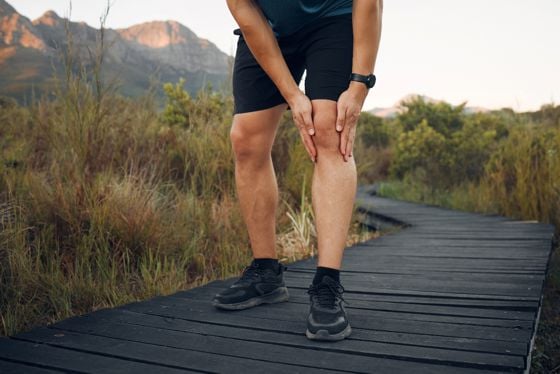
4. Health benefits
Studies have shown the positive effects of slow jogging on health. Regular slow jogging can
5. The focus is on well-being
Slow jogging is not about achieving the best time or being the first to cross the finish line. The focus is on the joy of movement and feeling good while slow running. One of the basic rules of slow running is therefore: "Choose your jogging pace so that you can complete the run with a smile."
Effective slow jogging for beginners: 5 tips
Slow jogging is a very safe and natural way of running. The running technique is therefore suitable for almost everyone and especially for beginners. Here are five tips for getting started with slow running:
1. The Right Cadence
Slow jogging is characterized by a high step frequency. We recommend 180 steps per minute. Try to take 45 small steps in 15 seconds to get a feel for the right speed for slow running.
2. The Right Playlist
Put together a suitable playlist. Songs with 180 beats per minute give you the perfect rhythm for your step frequency. This allows you, as a slow jogging beginner, to switch off and not be preoccupied with counting your steps the entire time. Good mood factor included.
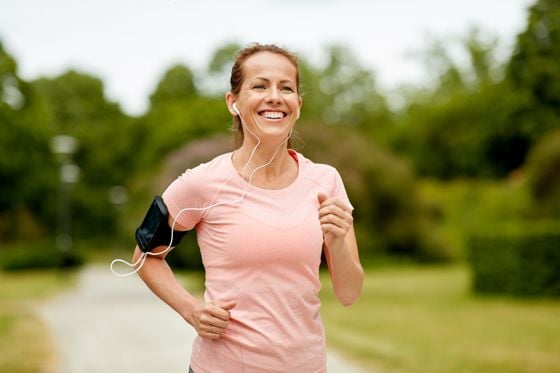
3. Upright Posture
An upright posture is particularly important when slow jogging: keep your back straight, lift your chin slightly and look into the distance. You can swing your arms loosely while running slowly.
4. Slowly Increasing Intensity
Slow jogging is characterized by its gentle and relaxed running technique. So don't overdo it at the beginning. Increase your running speed and the length of your sessions carefully and slowly feel your way towards your comfortable pace.
5. Have Fun
Only run so fast that you can still breathe easily and don't get out of breath. If you can still talk and smile while slow jogging, you have found the right pace for slow jogging.
Equipment for slow jogging: What you need
You don't need a lot of equipment to get started with slow jogging. The right running clothing is important. You should feel comfortable in it and be able to move freely.
It is best to choose breathable clothing. The lightweight and breathable fabric effectively transports moisture to the outside so that it does not remain on the skin. In our online shop you will find a wide range of running clothes to get you started.
The right running shoe even for slow jogging
As slow jogging involves running on the midfoot, choosing the right running shoes is particularly important. Look for a low drop - preferably less than ten millimetres - and a flexible, thin sole. It is best to seek advice on this in a specialist running store or have a running analysis.
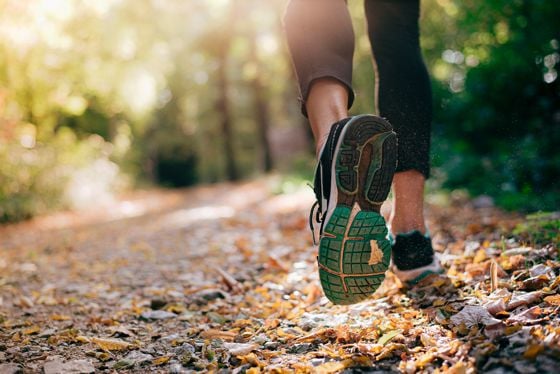
Want to listen to music while you run? Then make sure you have comfortable headphones. To keep your hands free while slow running, we recommend a cell phone case for your arm.
The joy of movement through slow jogging
Slow running - the running trend from Japan - is also becoming increasingly popular in Germany. Slow jogging is particularly natural, easy on the joints and yet effective.
Feeling good is the focus of this new healthy running style. Slow jogging is therefore perfect for beginners and all people who want to lead an active lifestyle and enjoy exercise.
Just try it out for yourself and start walking. Preferably slowly, with small steps and a smile on your face.
If you would like to find out more about running, you'll find lots of exciting articles in our magazine. For example, we introduce you to the best stretching exercises before and after running and show you how to breathe properly while jogging.
Image Credits: Title Image: Playlessimages/stock.adobe; Image 2: Kay Abrahams/peopleimages.com/stock.adobe.com; Image 3: Sycda Productions/stock.adobe.com; Image 4: eshana_blue/stock.adobe.com
More magazine articles
Tel: 1-775-420-4696 | [email protected] | 5470 Kietzke Ln, Suite 300, Reno, NV 89511, USA
